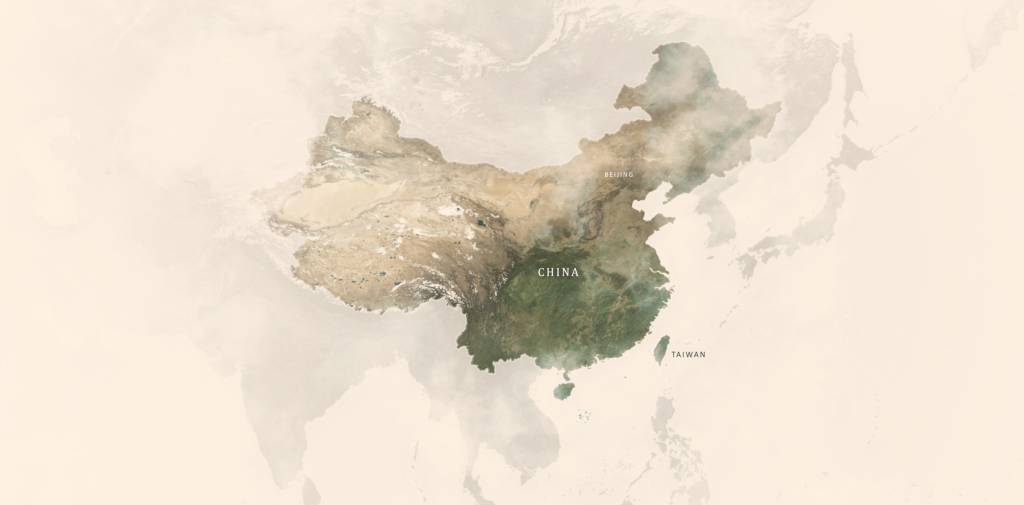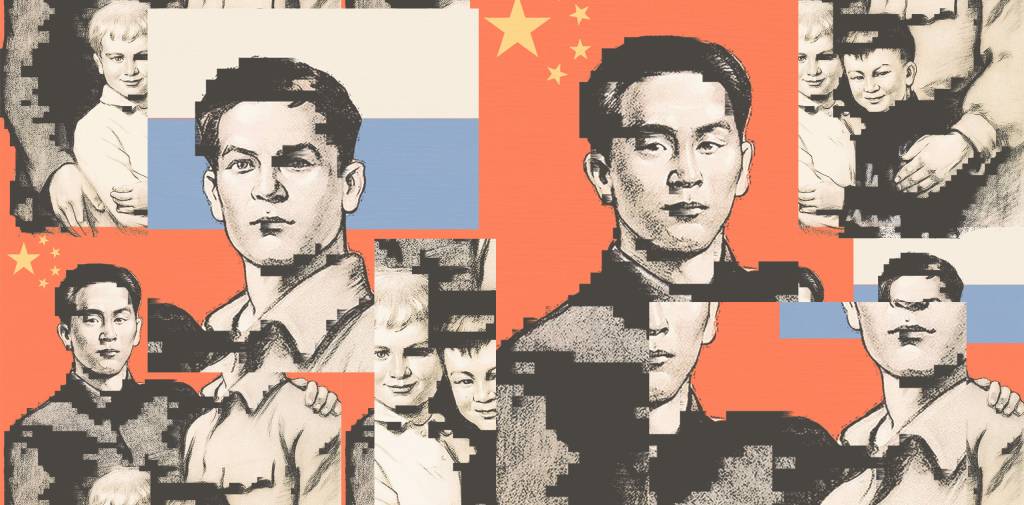An imbalanced strategic partnership
China is Russia’s most important partner, and China has on several occasions stressed the significance of the strategic partnership with Russia. The countries have gradually strengthened political, military and economic cooperation.
In order to safeguard Russian and Chinese interests to a larger degree, both parties seek to be alternatives to the West and reorganise the international order. A cornerstone of the bilateral relations is the shared perception of the US as the primary threat to Chinese and Russian ambitions.
The increasing trust between the two countries frees up resources. Previously, strained relations tied up considerable military capabilities on both sides of the border. For Beijing, the partnership means that it has its back covered and can direct its defence modernisation towards facing the US and its allies in the Pacific. For Russia, the low tensions along the border with China are important for its ability to challenge the US and NATO westwards and to be able to concentrate its land forces in Ukraine.
The high number of meetings between Russian and Chinese officials will carry on and the parties will continue to develop their relations though formal agreements. This makes the bilateral relations less dependent on the personal relationship between Xi and Putin. China persistently supports Russia diplomatically in international forums, and the parties cooperate closely on the UN Security Council, in particular on matters where criticism of Western countries is involved. In addition, both countries seek to strengthen multilateral organisations such as BRICS and SCO, aiming to create real alternatives to organisations where the West has influence. While China is the driving force behind adding new countries to BRICS, the expansion gives Moscow the opportunity to show that Russia is not internationally isolated.
The imbalance in the partnership continues to increase in China’s favour. Russia’s full-scale invasion of Ukraine and the subsequent Western sanctions have made Russia significantly more dependent on China than vice versa. This imbalance is apparent in almost all areas of Sino-Russian cooperation.
China is indispensable to Russia’s ability to cushion the effects of Western sanctions, stabilise the Russian economy and consequently contribute to stabilising the Putin regime. In 2023, bilateral trade exceeded USD 200 billion for the first time. The growth seems to continue in the period to 2030, in part because of increased industrial cooperation, simplified bureaucratic processes and the improvement of transport infrastructure. Russia is becoming increasingly dependent on Chinese consumer goods and high technology, while Chinese investments in Russia have dropped as a result of reduced profit potential and Western sanctions. Russia’s adjustment to the use of the Chinese currency renminbi (RMB) in trade settlements and foreign exchange reserves exacerbates the imbalance, reducing Russia’s vulnerability to US sanctions but increasing its dependence on Beijing’s fiscal policy.


